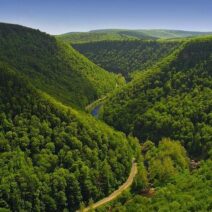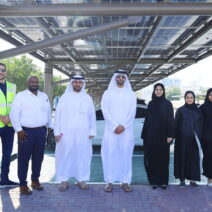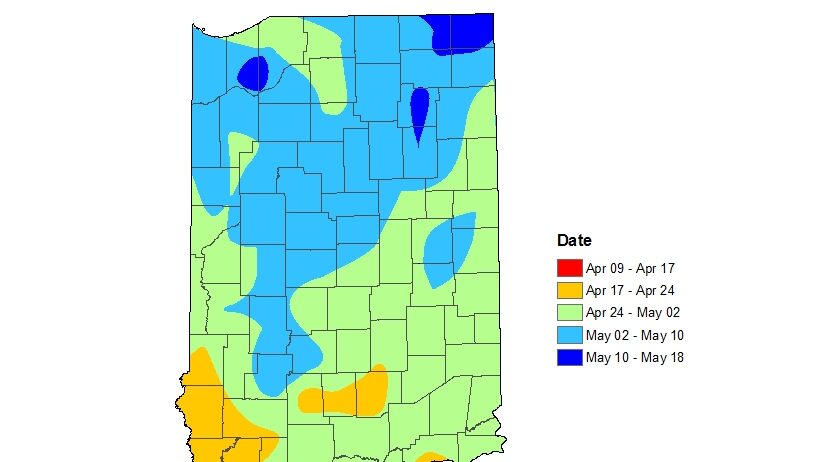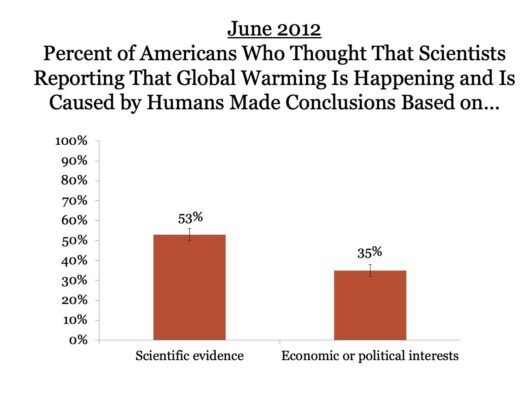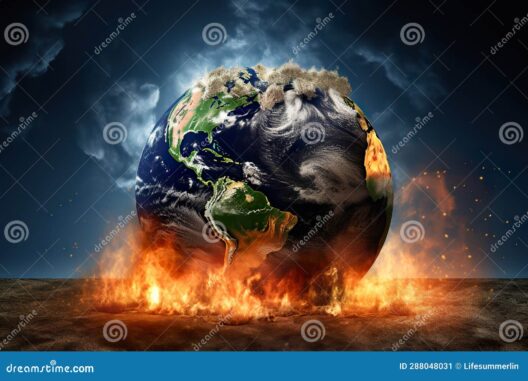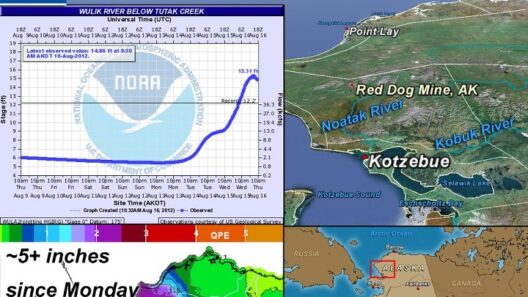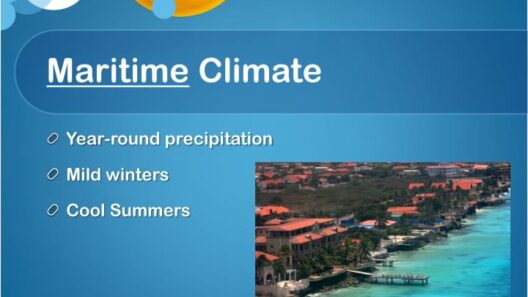The climate in Indiana is a striking tableau of contrasts, exhibiting the quintessential characteristics of the Midwestern climate. Stretching across the regions of the United States, Indiana embodies a blend of cold winters and warm summers, creating a unique meteorological environment that invites both admiration and scrutiny. Have you ever wondered how such a diverse climate can foster varying ecosystems, agricultural viability, and, indeed, influence daily life? This question becomes even more pertinent as climate change presents challenges that magnify the nuances of Indiana’s seasons.
Let’s embark on an exploration of what constitutes Indiana’s climate, the seasonal changes that define it, and the implications these have on its natural and human environments.
Geographically positioned in the heart of the Midwest, Indiana experiences a humid continental climate. This means that not only are the temperature variations significant, but the humidity levels also add complexity. As such, inhabitants can expect four distinct seasons: a frigid winter, a mild spring, a sweltering summer, and a serene autumn. Over a year, the state’s climate can be an enigma, weaving an intricate narrative that is as fascinating as it is variable.
Winter in Indiana can be an arduous affair. Typically spanning from December to February, the winter months often see temperatures plummet below freezing, with average lows hovering around 20 degrees Fahrenheit. Snowfall is a frequent visitor, dancing across the landscape in flurries, and covering the earth in a glistening white blanket. The stark, cold beauty of winter has its challenges; the potential for snowstorms can disrupt daily life and alter schedules. Yet, for some, it offers recreational opportunities in the form of skiing, ice fishing, and winter festivals.
As winter gives way to spring, Indiana undergoes a remarkable transformation. March heralds the slow return of warmth, heralding the blossoming of flowers and revitalization of the fauna. The average temperatures in spring fluctuate significantly, ranging from a crisp 40 degrees in early March to a more agreeable 70 degrees by late May. However, spring is also synonymous with tumultuous weather patterns. Indiana is prone to severe thunderstorms and tornadoes during this transition, challenging the resilience of its residents. The question arises: are we adequately prepared for the potential hazards that accompany these meteorological shifts, especially as climate change exacerbates the severity and frequency of such events?
Then arrives summer, often perceived as Indiana’s climatic pinnacle. Between June and August, temperatures soar, frequently climbing above 85 degrees Fahrenheit. Humidity can become oppressive, leading to uncomfortable conditions that may foster heat-related illnesses. The muggy atmosphere is often punctuated by sudden thunderstorms, providing a dramatic play of nature’s forces. Despite the heat, this season is vital for agriculture; Illinois is one of the nation’s key corn and soybean producers, heavily dependent on warm, sunny days. The inherent challenge lies in balancing agricultural pursuits with the potential for extreme weather events that can devastate crops.
As summer fades into fall, Indiana dons a vibrant cloak of colors. The changing hues of foliage, from deep greens to fiery reds and oranges, create a breathtaking vista that attracts tourists. Average temperatures begin to decline, with October highs dipping around the low 60s. This seasonal transition, celebrated by many through harvest festivals and Thanksgiving traditions, symbolizes abundance. However, it also prompts reflection—how do we collectively respond to the shifts in agricultural cycles that climate change brings? Will our annual rituals adapt to new growing seasons or diminished yields?
Climate phenomena present in Indiana do not solely impact agriculture; they also pose challenges to biodiversity and the natural ecosystems that are sensitive to temperature fluctuations and weather extremes. With the impact of climate change becoming increasingly apprehensible, it is prudent to consider how alterations in Indiana’s climate can destabilize the balance of its intricate ecosystems. From shifting migration patterns of birds to populations of pollinators that are at risk, the implications are far-reaching.
Moreover, Indiana’s urban landscapes must also contend with the climatic shifts. Cities such as Indianapolis face urban heat island effects, exacerbated by rising temperatures and dense infrastructure. The necessity of strategic urban planning becomes paramount, aiming to mitigate heat impacts while enhancing livability. This leads us to ponder: are we going to collectively advocate for sustainable urbanization, or will we allow short-term interests to overshadow long-term climate goals?
In conclusion, Indiana’s climate is a study in contrasts, echoing the broader themes of resilience and adaptation that characterize the Midwestern experience. The juxtaposition of cold and warm, of hardship and abundance, presents a unique narrative that requires our attention and action. As we navigate the labyrinth of climate challenges, one crucial takeaway emerges: the health of Indiana’s environment hinges on our understanding of its complex climate dynamics and our collective commitment to addressing the repercussions of climate change. What strategies will we devise to safeguard the integrity of Indiana’s climate amidst the ever-evolving global landscape? The answers lie in our willingness to engage with the realities of our climate and the future that awaits.
